Summary
The reservoir is located near the town of Coalville, Utah, and is easily accessible from Salt Lake City.
The reservoir is home to a variety of fish species, including rainbow trout, cutthroat trout, brown trout, smallmouth bass, and walleye. Rainbow trout are the most prevalent species and are stocked regularly. The best time to catch trout is in the spring and fall, while smallmouth bass and walleye are most active in the summer.
Fishing tips for Echo Reservoir include using small spinners and jigs for trout, and larger lures for bass and walleye. Fly fishing is also popular in the reservoir, with dry fly patterns working well for trout. Fishing from a boat or float tube is recommended for better access to deeper water.
Aside from fishing, the reservoir offers a range of activities, including boating, kayaking, and swimming. There are also several hiking trails in the surrounding area, including the Echo Canyon Trail and East Canyon Trail.
The best time to visit Echo Reservoir is in the spring and fall, with average temperatures ranging from 40 to 60 degrees Fahrenheit. In the summer, temperatures can reach up to 90 degrees Fahrenheit, making early morning and late afternoon fishing the most comfortable.
Overall, Echo Reservoir is a great fishing destination for anglers of all skill levels, with plenty of opportunities to catch a variety of fish species and enjoy outdoor activities.
Weather Forecast
Nearby Streamflow Levels
Angling Safety Guidelines
Check local fishing rules, seasons, size limits, and license requirements to ensure legal and sustainable angling.
Handle Fish Responsibly
Use wet hands, minimize air exposure, and release fish gently to improve survival rates when practicing catch-and-release.
Choose the Right Gear
Match your rod, line, and tackle to the species and conditions to increase success and reduce unnecessary harm to fish.
Respect the Waterway
Avoid disturbing habitat, prevent bank erosion, and keep a safe distance from spawning areas to protect ecosystems.
Keep It Clean
Pack out all line, hooks, bait containers, and trash—discarded gear can injure wildlife and degrade waterways.
Related Links
Area Campgrounds
| Location | Reservations | Toilets |
|---|---|---|
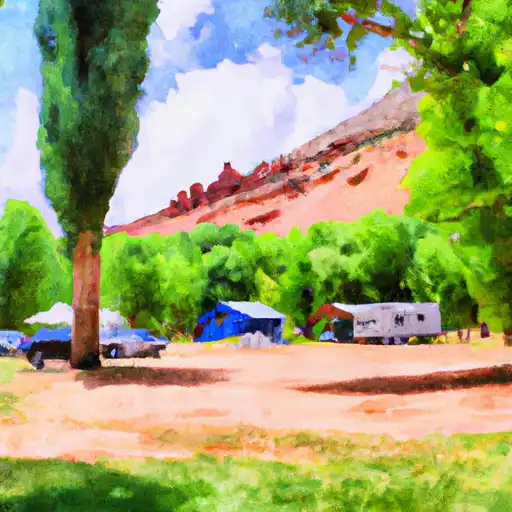 Little Mill
Little Mill
|
||
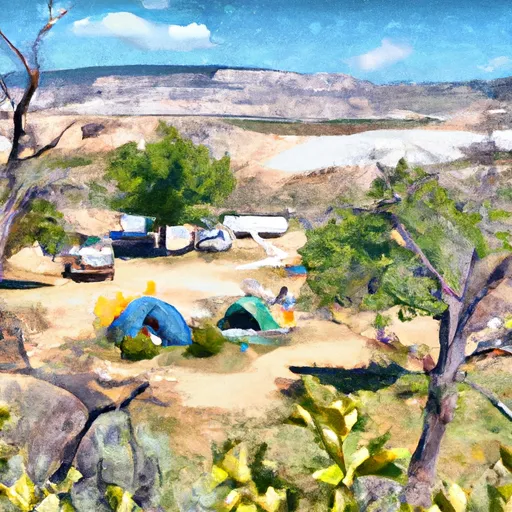 Little Mill Campground
Little Mill Campground
|
||
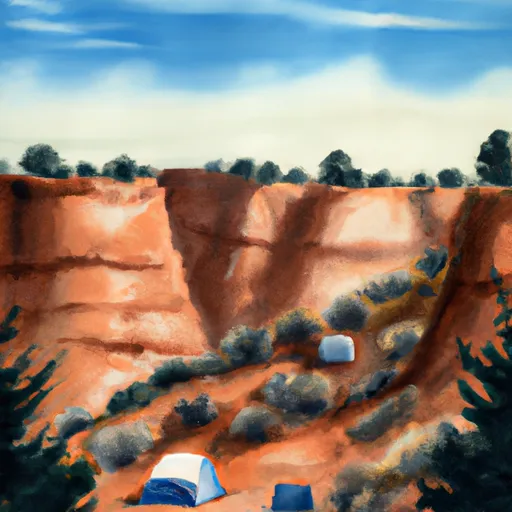 Warnick
Warnick
|
||
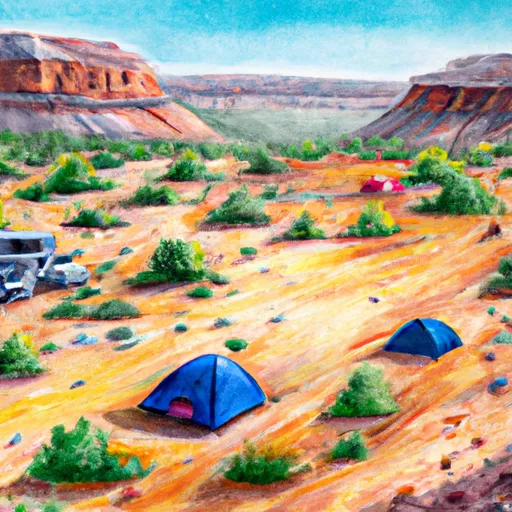 Timpooneke
Timpooneke
|
||
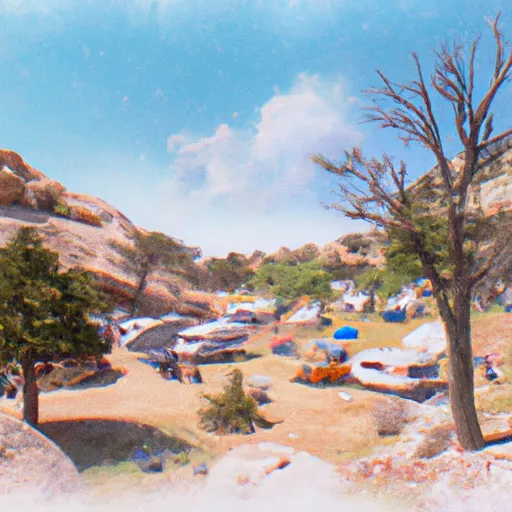 Timponeeke Campground
Timponeeke Campground
|
||
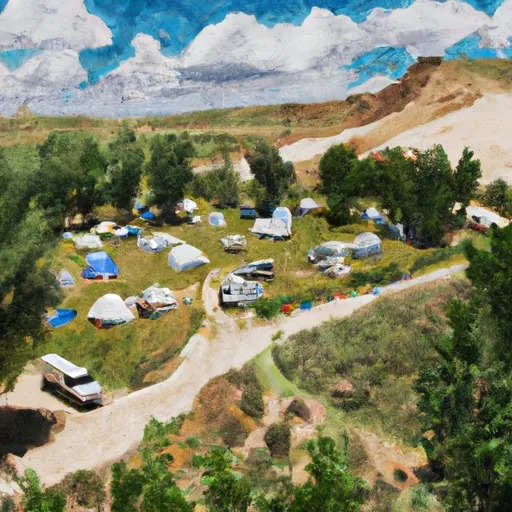 Altamont Group Campground
Altamont Group Campground
|

 Lake Martha
Lake Martha
 Lake Lillian
Lake Lillian
 Lake Florence
Lake Florence
 Lake Solitude
Lake Solitude
 Silver Lake
Silver Lake

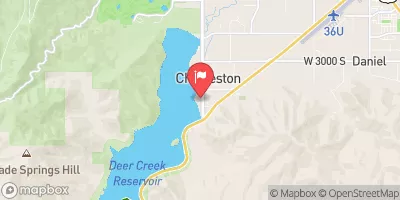
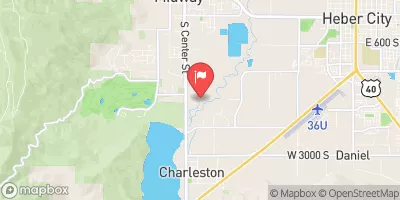
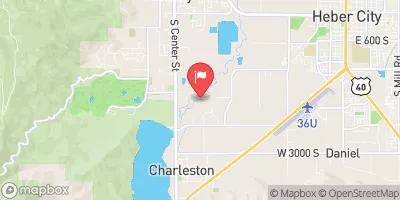
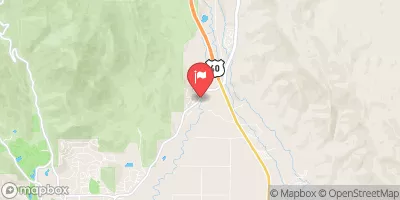
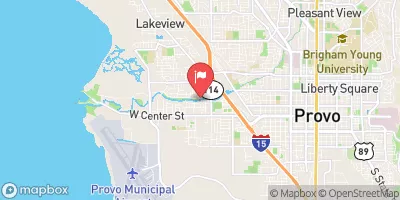
 North Utah County - Tibble Fork
North Utah County - Tibble Fork
 Manila Park
Manila Park
 Deer Creek State Park
Deer Creek State Park
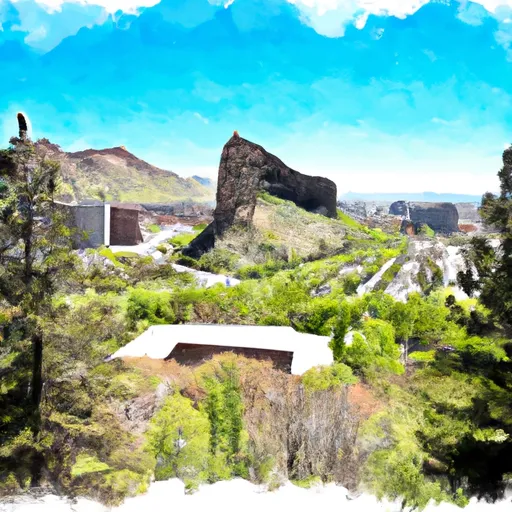 Beehive and Central League Park
Beehive and Central League Park
 Wilderness Mount Timpanogos
Wilderness Mount Timpanogos
 Caveman Park
Caveman Park